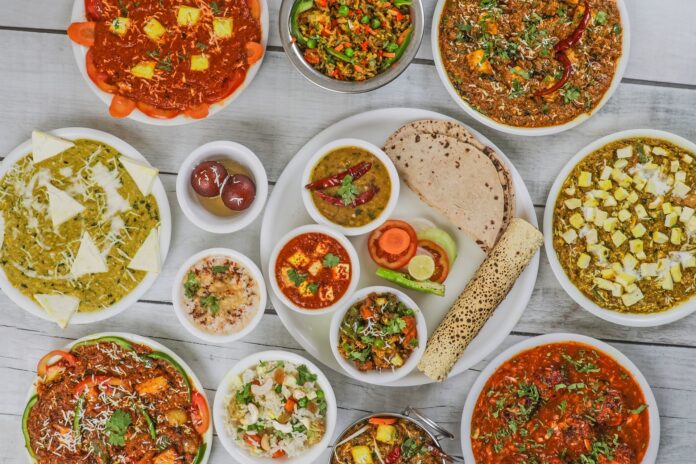Recently, I’ve been asked frequently about sulfites in Indian food. Read through this post to see how I am still able to enjoy many Indian meals.
What Are Sulfites
Sulfites are prevalent in our food chain. Found naturally in some foods and added to others, it can be difficult to avoid. Sulfite reactions can occur in 1 in 100 people. This can include up to 10% of asthmatics.
As prevalent as sulfites are, they can be very hard to avoid. Unless a food item has added sulfites greater than 10 ppm, the label does not have to declare the presence of sulfites. Making it even more difficult for people with sulfite sensitivity.
Where Are Sulfites Found in Indian Food?
Some foods that naturally contain sulfites are onions and garlic. If you like Indian food, this may pose a problem. Onions and garlic are a base for many Indian dishes. In addition to these, vinegar, food coloring, and other additives may be used.
A challenging aspect of sulfite intolerances is that they can vary from person to person. It can even vary in each person from time to time.
I Love Indian Food
As an Indian woman, I thoroughly enjoy Indian food. I grew up on it and probably like it better now as an adult. If made correctly, a home cooked Indian meal can be healthier than the typical ‘American diet’. Most of it is plant-based and whole grain as well.
But How?
So, how do I eat Indian food, loaded with garlic, onions, and spices? For me, it’s about how much. For instance, I can eat Indian food made at home because we don’t overload it with onions and garlic. However, at Gurdwara Langar, I avoid eating because the food is heavily spiced and massive amounts of onions and garlic are used.
Another risky ingredient in Indian food is vinegar. It is used in some curries but particularly in Paneer, Indian cheese. So, I avoid all dishes with paneer. I also avoid Indian foods that look like they may have food coloring.
Some with sulfite sensitivities can tolerate organic ground spices like garlic and onions. This may be a better option for the very sensitive.
Eating Low Sulfite At Indian Restaurants
Indian restaurants can be tricky but I stick to dishes I’ve tolerated in the past. My favorites are butter chicken (it should be the color of a tomato cream sauce), saag (natural color of spinach not bright or fluorescent). If it contains paneer, I eat around the paneer. I also love channa and vegetables. I avoid dishes with sauces I’m unfamiliar with. Dosa is another favorite of mine. Chutneys are risky, however.
I avoid the fresh salad because often lemon juice is sprayed on Indian salads. Instead of fresh lemon juice, sometimes they use lemon juice concentrate.
I would also recommend avoiding ‘fast food’ Indian restaurants or chains that rely on quick or frozen ingredients.
Other Indian Low Sulfite Staples
Daal (lentils) and Rajama (red beans) are delicious and easy to make low sulfite.
Basmati is generally safe but I avoid it when served with food coloring. Naan can be risky, but I love it so I eat it occasionally when out. Roti (aka chapati) is naturally sulfite-free when made with whole wheat flour at home.
A Few Closing Thoughts On Sulfites
Fortunately, I’ve been able to tolerate sulfites more as time goes on. A sulfite sensitivity can be like a bucket filling up with water. The higher the baseline, the less tolerated. Even a tiny bit extra can cause a reaction to be tipped off. If I generally avoid sulfites (for instance an 80/20 type of distribution), then I can tolerate some low sulfite foods. Remember, we all react to different levels so be cautious when trying a certain food for the first time.
Please reach out by email if you have any questions 🙂




